Iran rights council’ report on riots: Certain foreign agencies behind murder of police forces
Iran’s High Council for Human Rights (HCHR) has published a new report highlighting the circumstances surrounding the gruesome murder of Iranian security forces during the recent riots in Iran as well as the evident role that certain Western countries and their agents played in orchestrating the deadly riots.
The 83-page report, obtained by Press TV on Monday, starts with acknowledging the fact that the Islamic Republic of Iran has always endeavored to have the highest security factor among the West Asian countries, and has followed the strategy of non-interference in the domestic affairs of others and reciprocally not allowing other countries to interfere in those of its own.
It says such independence has come at a high price for arrogant powers, which define their survival in the exploitation of other countries’ state of affairs and consider it their right to meddle in the internal affairs of others.
The report notes that these countries aggressively seek to destabilize and foster insecurity in Iran through different modus operandi, and employment of terrorism is among the tactics that the enemies have used against the country following the 1979 Islamic Revolution.
“Over the past four decades, more than 17,000 Iranians have been assassinated,” Iran’s High Council for Human Rights stated, emphasizing that the enemies have left no stone unturned to materialize their destabilization strategy as they cannot stomach Iran’s independence and the resistance of the Iranian nation against the avarice of arrogant powers.
The report added that enemies “grasped the opportunity to ride the wave of unrest and fan the flames of protests” following the tragic death of young Iranian woman Mahsa Amini on September 17, 2022.
The Iranian rights council then lambasted the accompanying of those who went along with the enemies’ fiendish plots and scenarios, arguing that the mistaken step caused the protests to fade away and morph into riots quickly, dealing a heavy blow to and inflicting a dramatic loss on the country and the nation.
“Iranian people, having prioritized their national interests, soon parted ways with rioters and separatists, emerging victorious from such a test once again,” the report said.
It then pointed to the death and injury of members of law enforcement forces during the recent unrest in Iran.
“During three months of riots, a significant number of young Iranians – more than 7,000 people – were injured by the rioters for merely defending the country’s national security, and some were even brutally murdered.
“The death and injury of members of security forces come as, according to official instructions and available documents, they did not even carry any firearms to defend themselves against rioters and armed terrorists. On the other hand, rioters and terrorists took to the streets with firearms and shot security and police forces and even passers-by, killing many of them,” the report read.
Iran’s High Council for Human Rights underscored that over 8,314 weapons were recovered and confiscated during the riots, of which 6,314 were firearms.
The rights council identified some of the fallen Iranian security forces who were gunned down by armed rioters as Reza Zare’ Moayyedi, Davuod Abdollahi, Esmaeil Cheraghi, Seyyed Hamidreza Hashemi, Mohammad Amin Abdarshekar, Ali Beik Darzi, and Mohammad Amin Aref.
It added that some members of Iranian law enforcement forces, like Hossein Ojaghi, Mohammad Rasoul Doust-Mohammadi, Mehdi Zahedlouei, Hossein Zeinalzadeh and Danial Rezazadeh Motlagh, were also stabbed to death.
The report highlighted that a number of security forces, including Arman Aliverdi and Seyyed Rouhollah Ajamian, were mercilessly tortured and killed by rioters. Aliverdi was ruthlessly beaten and bludgeoned to death, while Ajamian suffered great torment before being stabbed to death.
Moreover, several Iranian security members, namely Farid Karampor Hassanvand, Majid Yousefi and Erfan Hamzeh, were run over by cars driven by rioters.
In Iran’s northeastern city of Mashhad, the rioters, who were after shuttering down shops by means of threats and coercion, suddenly turned on ordinary people and knifed two innocent students to death.
Iran’s High Council for Human Rights reported that groups of people also harassed veiled women in different cities, pulled their chadors off, disrupted people’s lives and disrupted their freedom of movement by blocking streets and highways.
The council stressed that mass funerals for victims of recent riots and nationwide rallies staged by millions of Iranians on the occasion of the 44th anniversary of the victory of the Islamic Revolution, followed by huge funeral processions for the victims of last October’s terrorist attack on the holy shrine of Shah Cheragh in the southern Iranian city of Shiraz are a testament to the fact that Iranians draw a clear line and distance themselves from anyone who would seek to cause instability in their homeland and inflict damage upon the territorial integrity and national security of the country.
Foreign-backed riots broke out in Iran in mid-September after the death of 22-year-old Iranian woman Mahsa Amini. She fainted at a police station in the capital Tehran and was pronounced dead three days later at the hospital. An official report by Iran’s Legal Medicine Organization concluded that Amini’s death was caused by illness rather than alleged blows to the head or other vital body organs.
Iran’s intelligence community has said several countries, including the United States and the United Kingdom, have used their spy and propaganda apparatuses to provoke violent riots in the country.
Rioters went on a rampage, brutally attacking security officers and causing massive damage to public property.
On February 5, the Leader of the Islamic Revolution Ayatollah Seyyed Ali Khamenei pardoned or commuted the sentences of a large number of Iranian prisoners who had been arrested during the riots.
Ayatollah Khamenei issued the amnesty on the occasion of the 44th anniversary of the glorious victory of the Islamic Revolution, which put an end to the ruling of the US-backed Pahlavi regime in the country in 1979, and the birthday anniversary of the first Shia Imam, Imam Ali (AS).
The Leader’s amnesty covered all but murderers and terrorists.
VIDEO | Press TV's news headlines
Hamas: Israel escalating ceasefire violations in Gaza
Venezuela's government declares unwavering unity behind Maduro
VIDEO | Global outcry over Venezuela president abduction
Iran keeps wheat import subsidies despite cutting other food supports
Venezuelan military stands with acting president after US kidnapping of Maduro
VIDEO | Press TV's news headlines
VIDEO | Protesters in Toronto slam US kidnapping of Venezuelan president


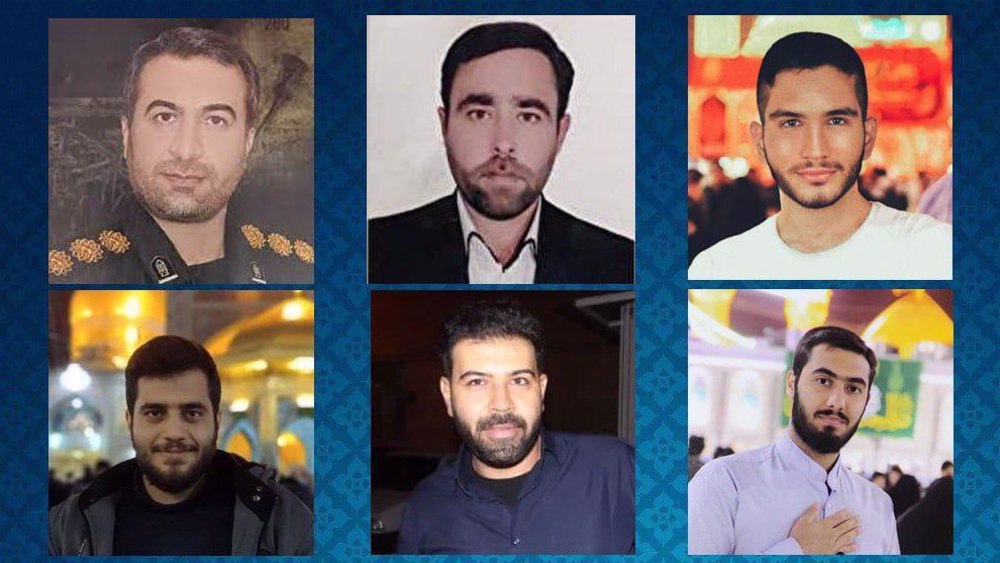
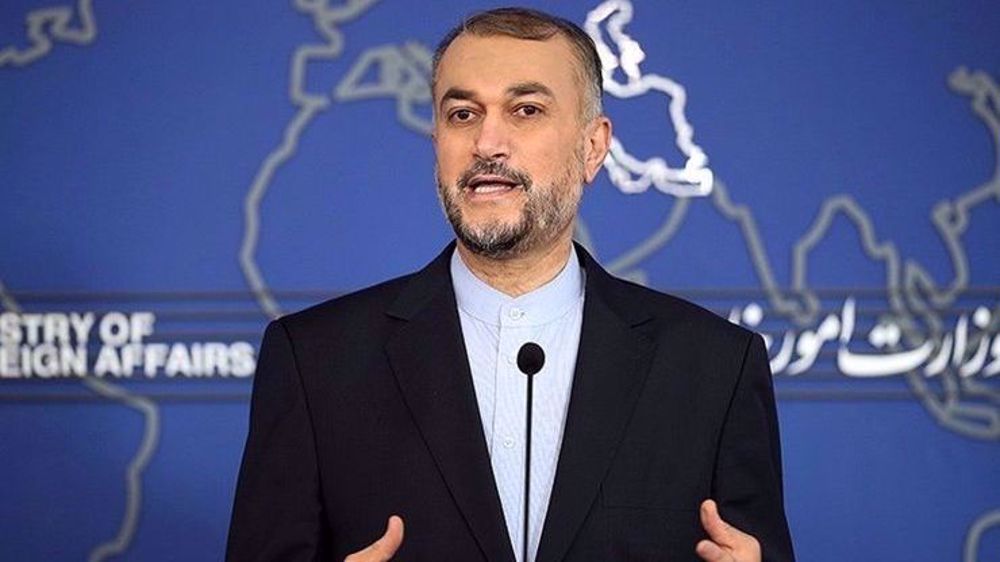

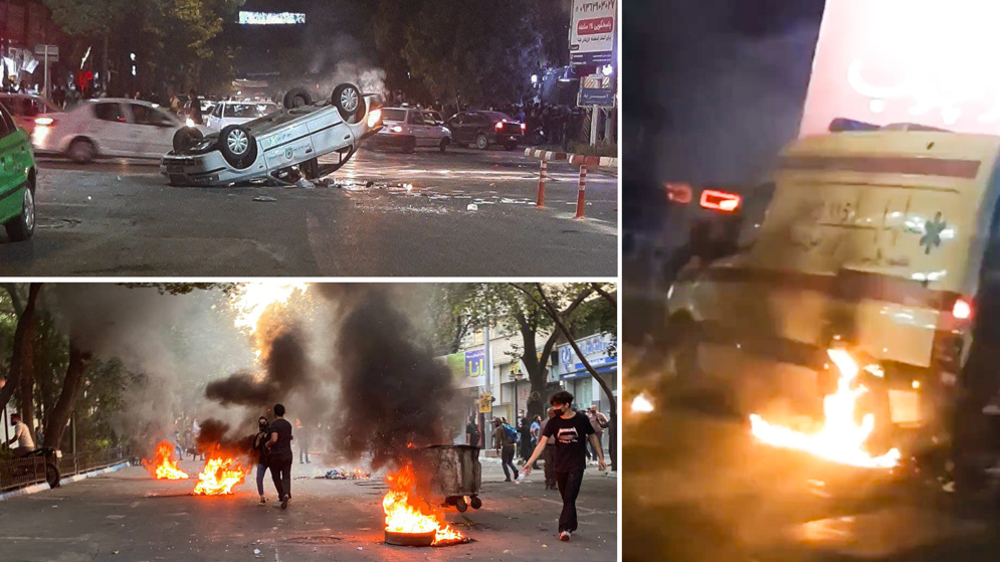
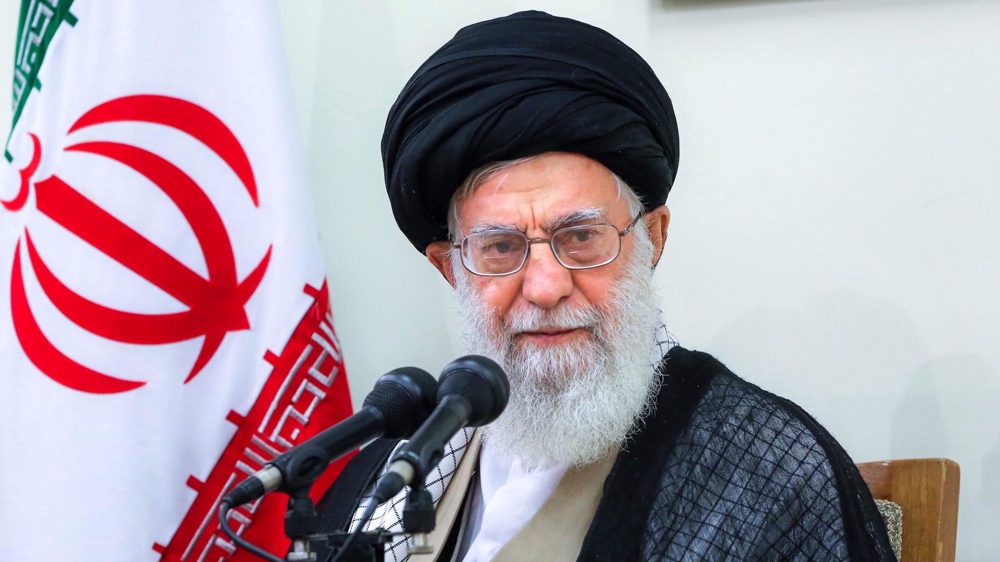
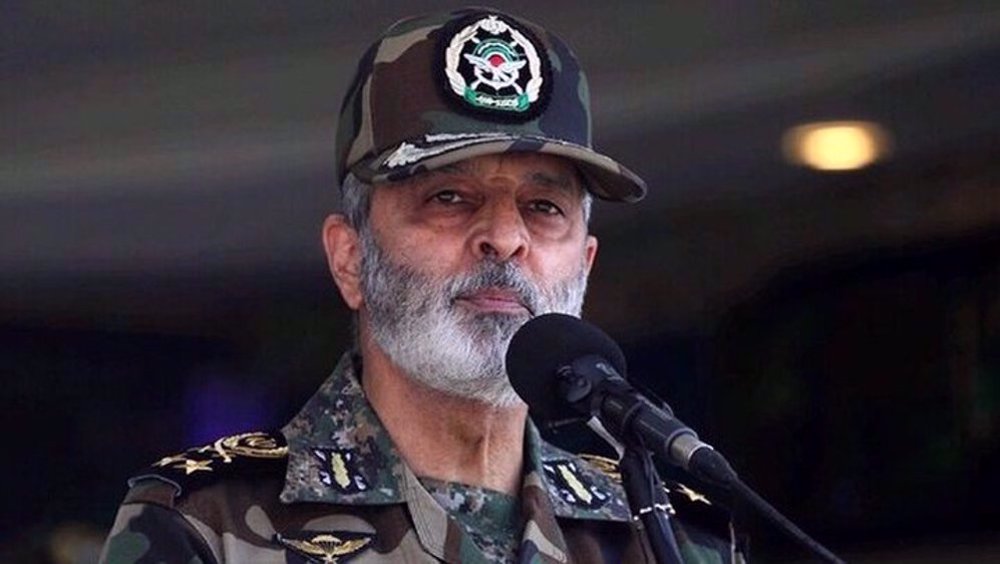





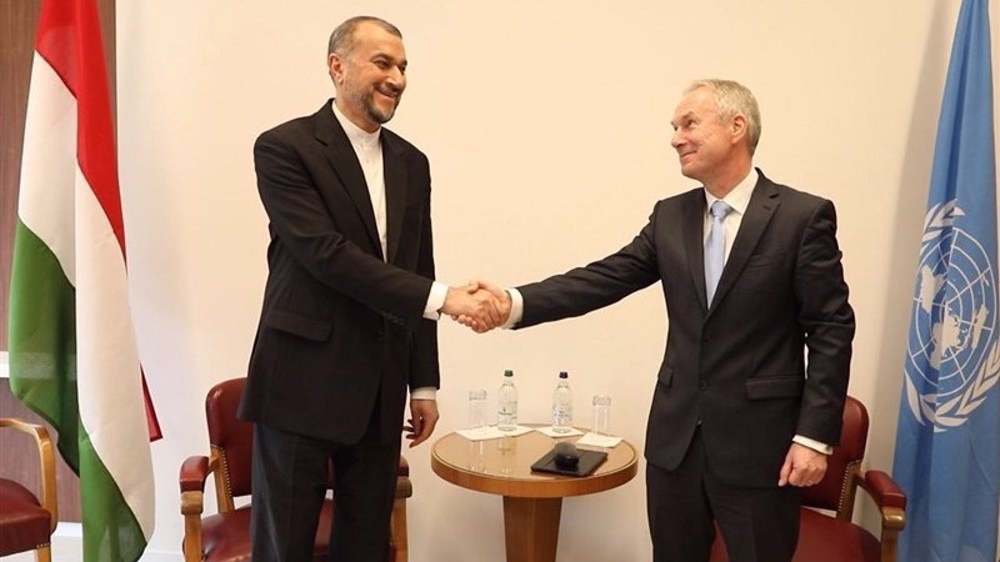
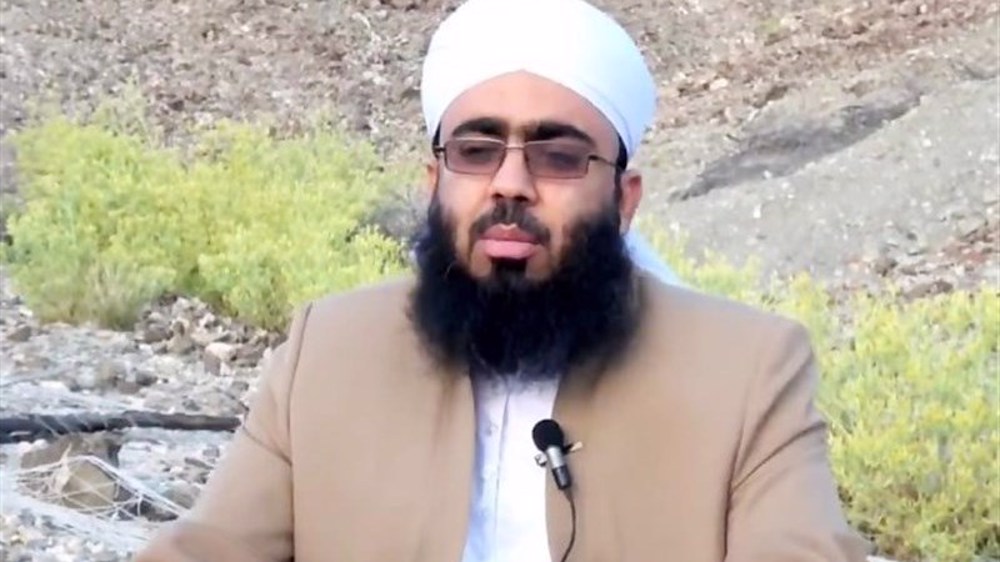
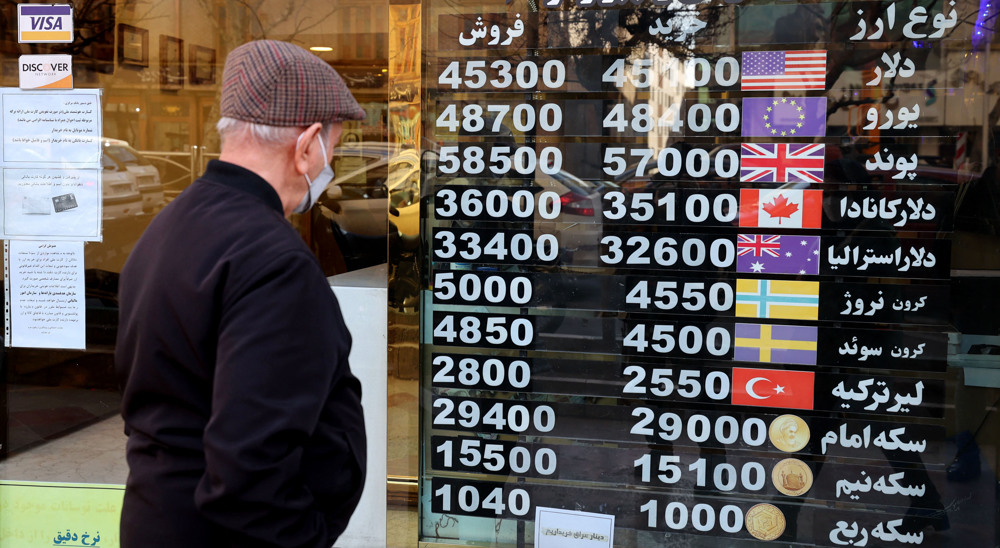
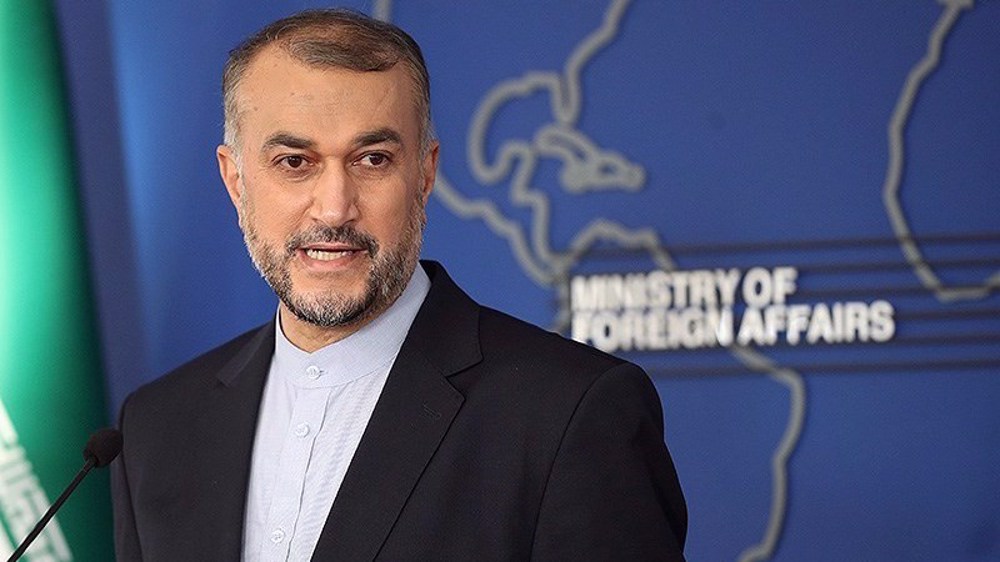
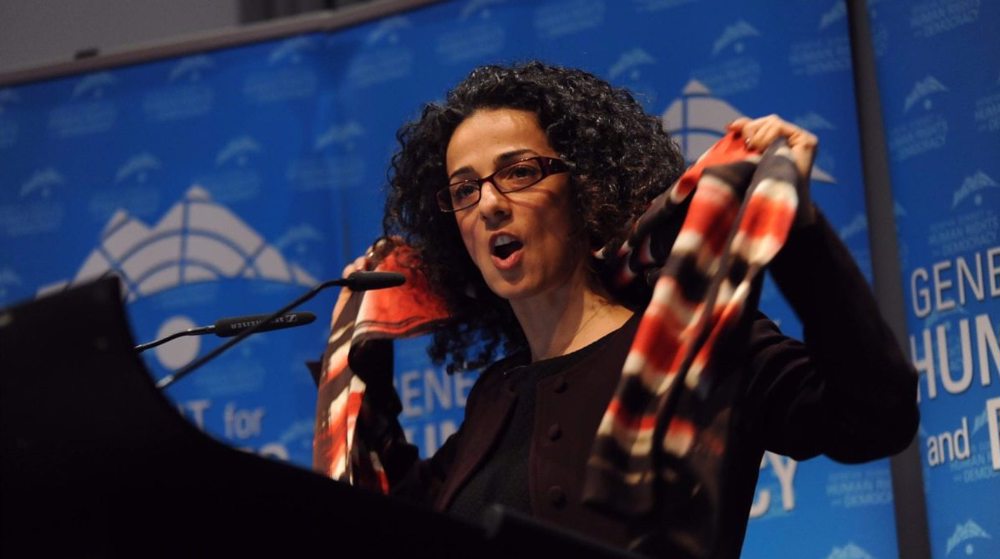
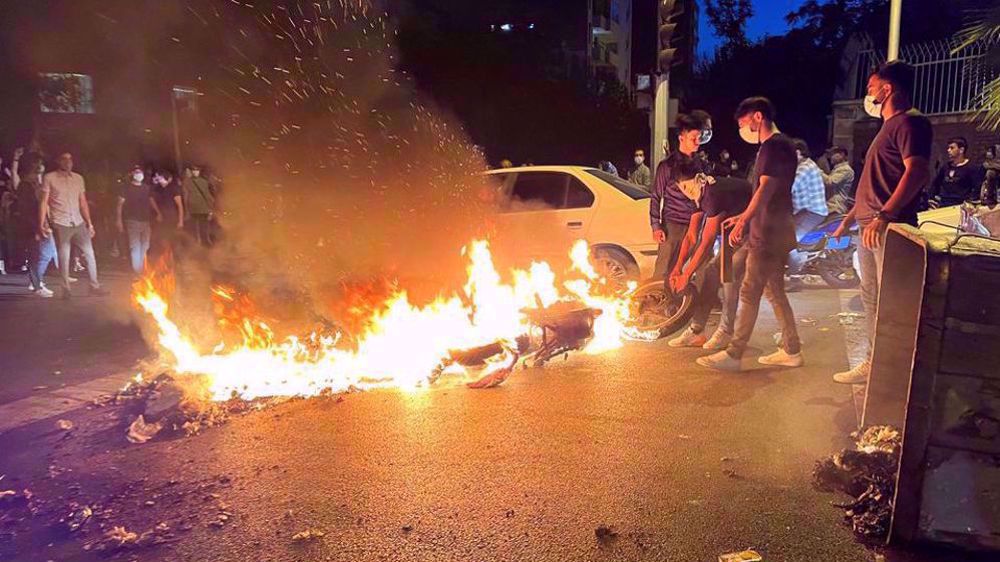
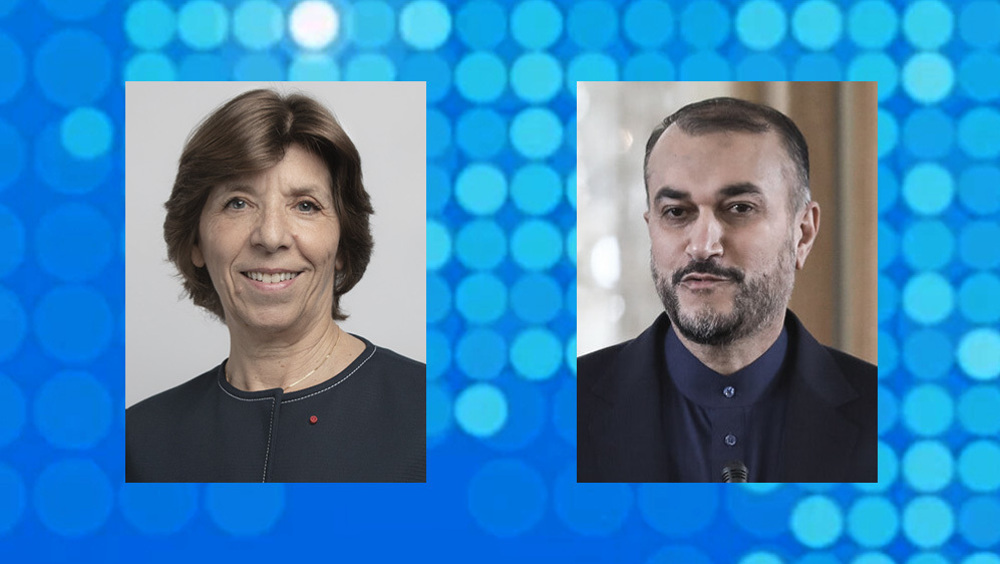
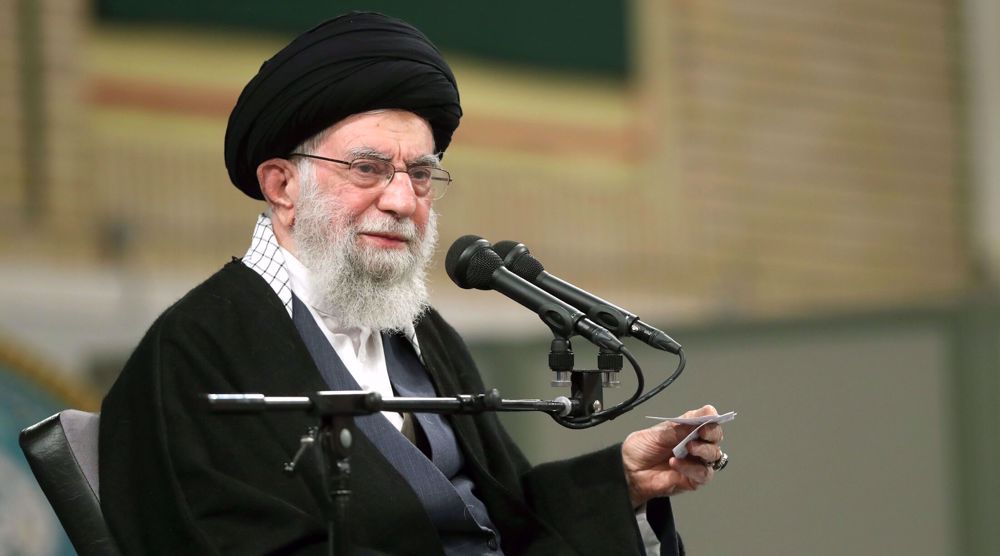
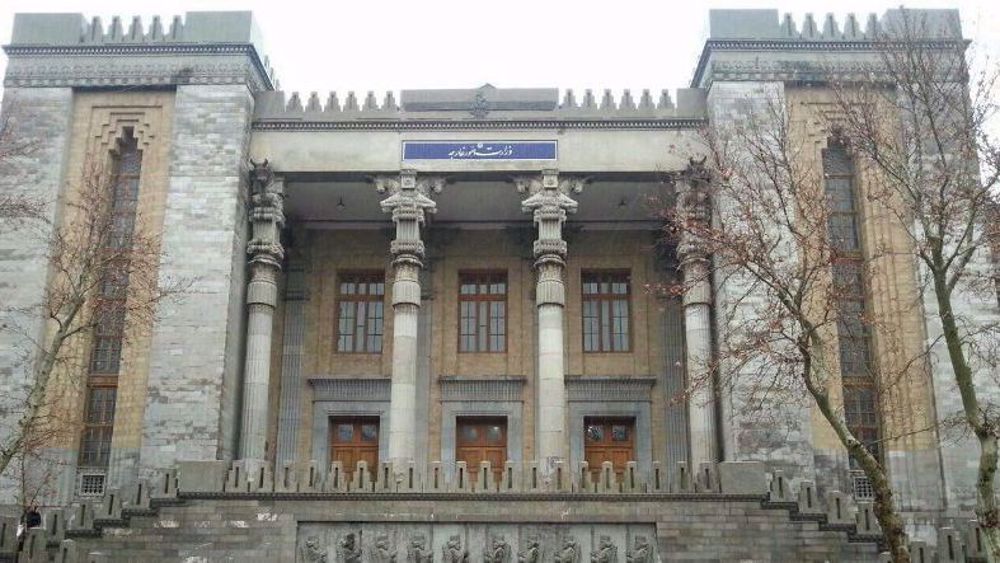
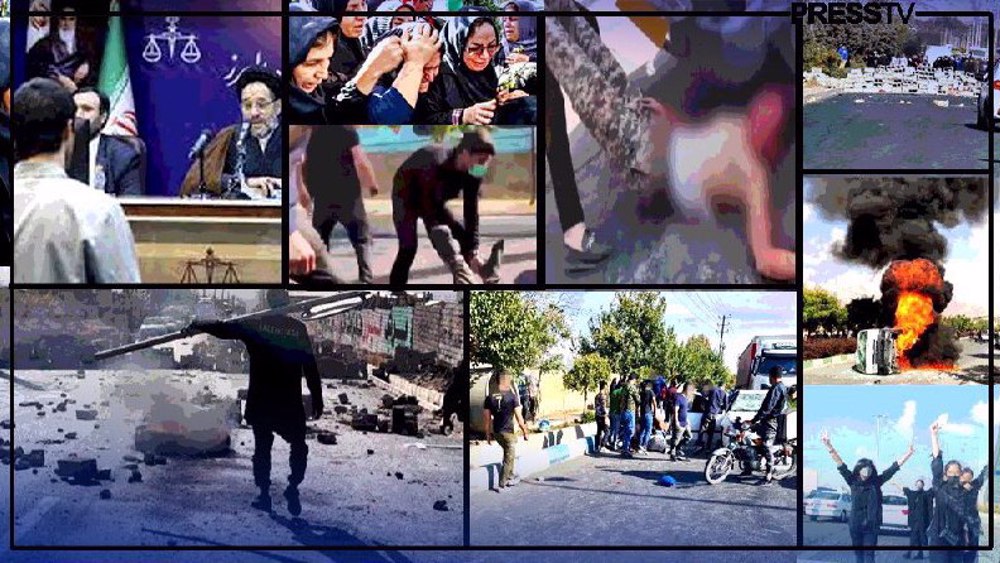

 This makes it easy to access the Press TV website
This makes it easy to access the Press TV website